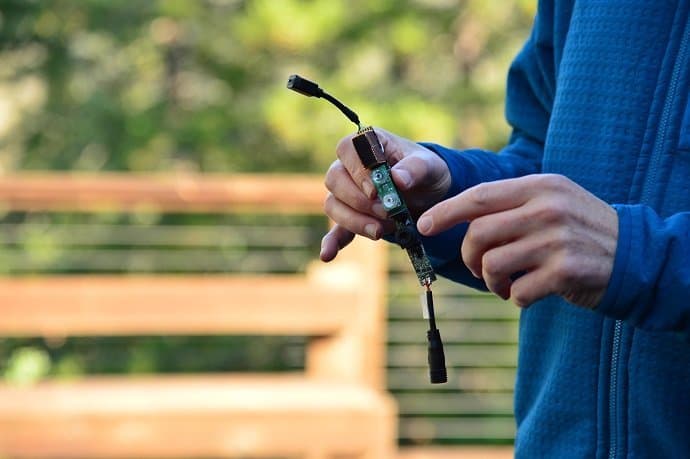It is a major challenge for rangers and other conservationists to ensure that endangered species are safe. Poachers have their eye on the animals and make the work extremely difficult, because it often takes place in enormous areas. Now Intel uses artificial intelligence to help in the fight against poachers.
Intel chips, equipped with artificial intelligence, are part of a solution called TrailGuard AI. The advanced camera system is trained to see if an intruder has evil intentions. TrailGuard AI builds on a previous system called TrailGuard, which was able to detect movements.
Detect movement
TrailGuard jumped on at movement and transferred camera images to rangers to view. They could then take action if the behaviour of the people in the images looks suspicious. But now they’re training an AI system to see that suspicious behavior. This is necessary, because people were needed to see if a camera had been switched on for a reason at all.
The system is about the size of a pencil, which means that it can easily be hidden in the trees or bushes of a nature reserve. The system also has a built-in Intel Movidius chip; a chip that contains a deep neural network for the most demanding calculations.
According to Intel, the deep learning algorithms can detect people and vehicles with great accuracy. This could significantly reduce the number of false reports and save the rangers a lot of valuable time. It is also useful that the small chip does not need a lot of power and can work for at least a year and a half at a time without having to be recharged.
TrailGuard AI will be used this year in a hundred different nature reserves in Africa. The intention is to expand into Asia and South America in the following year.
This news article was automatically translated from Dutch to give Techzine.eu a head start. All news articles after September 1, 2019 are written in native English and NOT translated. All our background stories are written in native English as well. For more information read our launch article.